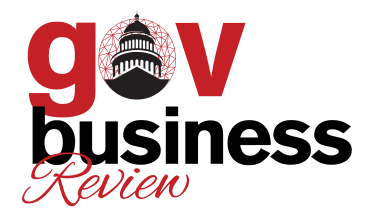Thank you for Subscribing to Gov Business Review Weekly Brief
Fair and Impartial Policing, LLC: Now providing award-winning implicit bias training to city/county employees
 Lorie Fridell, Ph.D., CEO/Owner and Executive-Level Trainer, Fair and Impartial Policing, LLC
Lorie Fridell, Ph.D., CEO/Owner and Executive-Level Trainer, Fair and Impartial Policing, LLC-
Even top-performing, well-intentioned employees may display biased behaviors, not out of malice but because they are human.
For many years, social psychologists believed that bias manifested only as “explicit bias.” In the public and private work environments, we were intent on rooting out overt racists and sexists through screening at hiring and with policies that, in essence, said “don’t discriminate.” Many people felt those interventions were not personally relevant, because, “That’s not for me. I am not a racist or sexist.”
Further research revealed that explicit bias is only part of the picture. Social psychologists discovered “implicit biases”—associations we make between groups and characteristics (or “stereotypes”), often outside our conscious awareness. These implicit associations affect perceptions and behavior. For example, a code enforcer may link women with incompetence in construction, a 9-1-1 caller may associate broken English with low credibility, and an EMT may tie sex work to drug addiction. Importantly, implicit biases are not exclusive to majority groups; everyone harbors them, even members of underrepresented communities, sometimes against their own group.
So what can implicit bias training do? Implicit bias training cannot eliminate biases. Although some evidence-based techniques may weaken biases, eradication is highly aspirational, at best. The main goal of such training is to educate individuals about the influence of implicit bias and provide skills to help them recognize and manage it.
As indicated by our company name, Fair and Impartial Policing (FIP, LLC), our initial bias training (starting over 15 years ago) focused on law enforcement. To date, we have trained staff from more than 1,300 agencies at city, county, college/university, state, and federal levels, including personnel from 80% of the largest municipal police agencies nationwide.
In recent years, however, we started getting requests from other government entities who had heard about our work with law enforcement. As a result of that demand, we expanded our programs to serve other government entities, including city/county workers, prosecutors, EMTs/firefighters, corrections officers, and more.
One strength of our training is the ability to address defensiveness among those who are reluctant to accept that they may have biases. We present scientific concepts and connect them to trainees’ everyday experiences. Participants receive practical skills for recognizing and managing bias. We emphasize that, while some stereotypes may have a basis in fact, that does not permit a person to treat the person in front of them (such as the sex worker in the EMT’s care above) as if that person fit the group stereotype. That is not only unfair, it can produce ineffective or unsafe actions on the part of government employees.
We have produced “tiers” of training so that front-line service providers, supervisors, and high-level managers/leaders receive the education that is appropriate for their role in the agency. For example, we have incorporated the scientific documentation of the “risks of biased behavior” (e.g., ambiguity, discretion) into our training for managers and leaders so they can develop policies and procedures that promote and support impartial behavior. Whether delivered in person, virtually, or online, our content is designed to be relevant, engaging, and actionable.
It is important to recognize that implicit bias training is not reserved for agencies with documented bias issues. Rather, it is suitable for any public or private entity that employs humans. For government leaders committed to fairness and impartiality, prioritizing this training helps ensure equitable behavior and decision-making within their agencies and in service to the public.
| |




